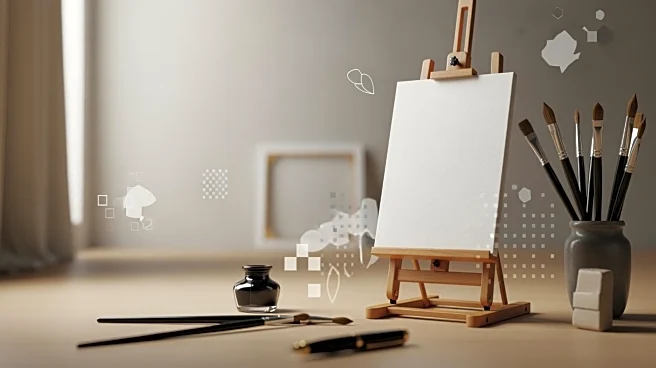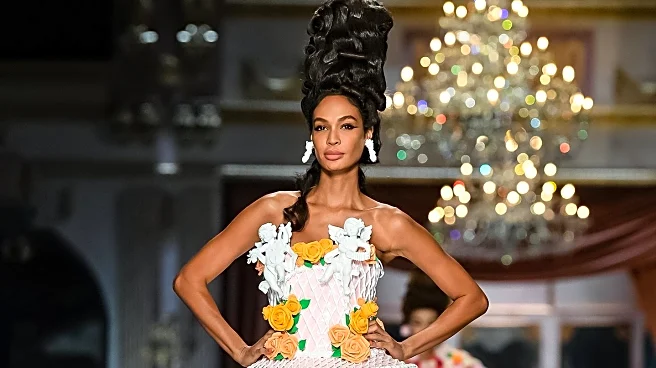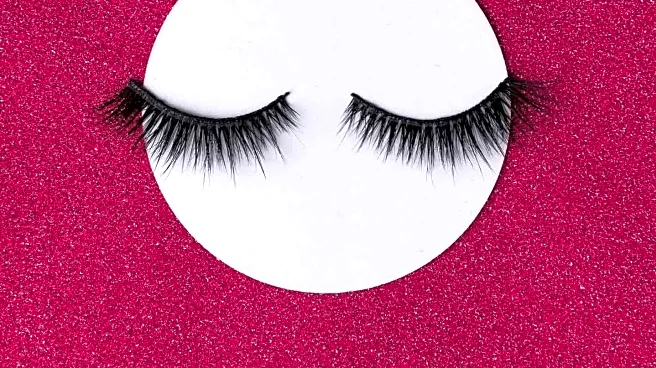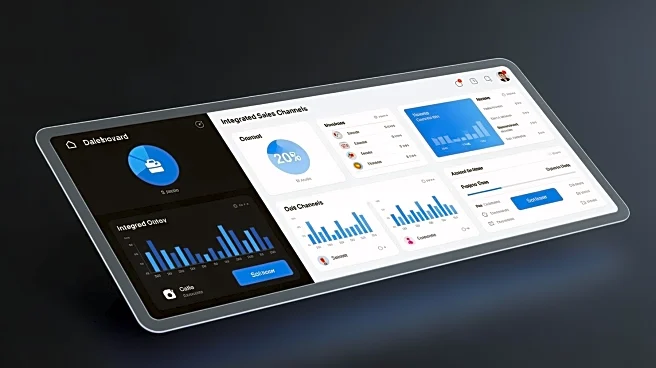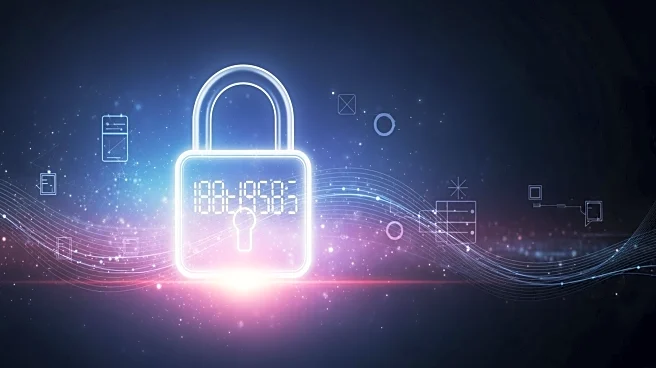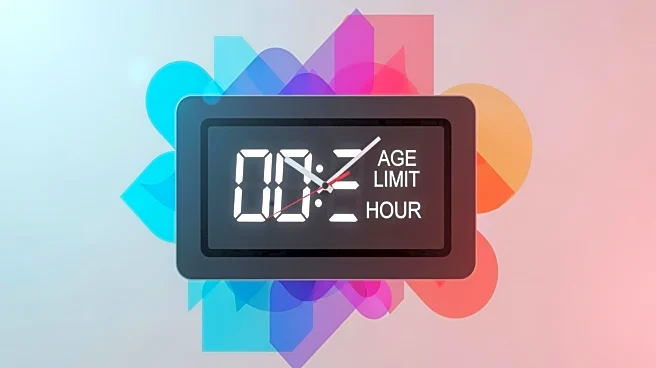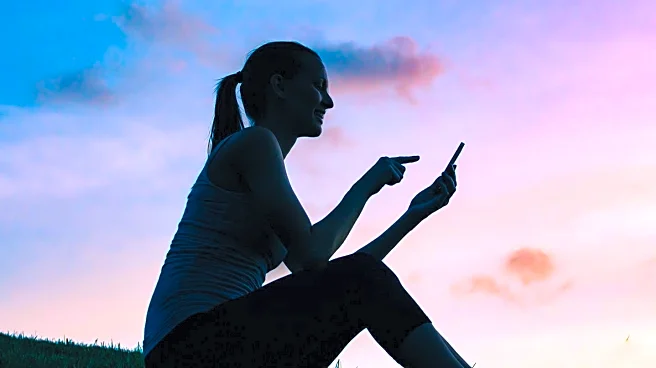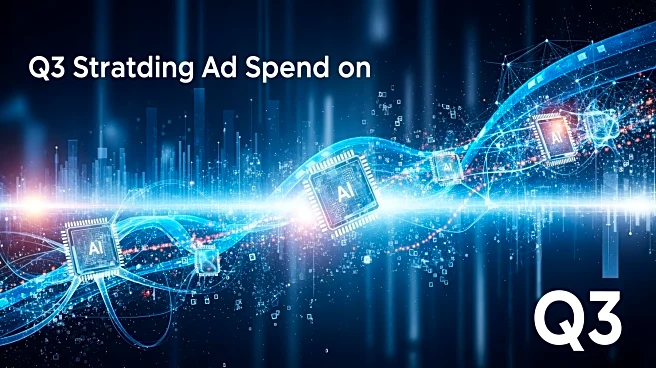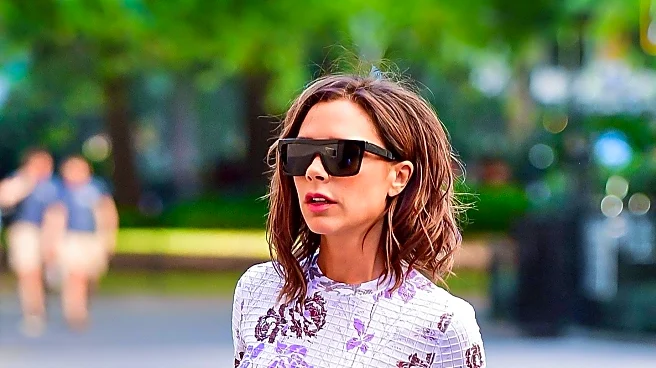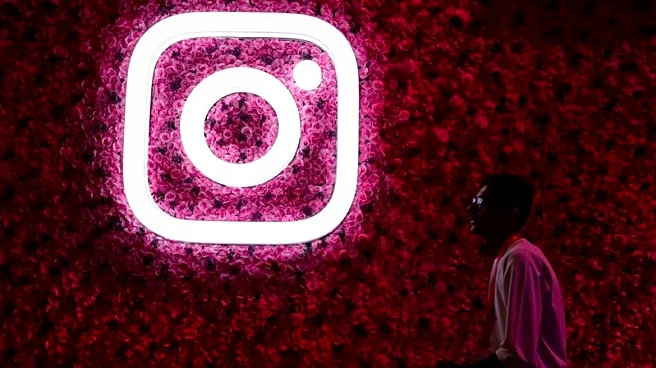What's Happening?
The landscape of arts criticism is undergoing significant changes as traditional media outlets reduce their critical staff, while social media platforms like TikTok, Instagram, and YouTube see a rise in self-styled critics. The Atlantic reports that the demand
for cultural commentary remains high, despite the decline in traditional criticism. Influencers like Anthony Fantano, with a YouTube following of 3.05 million, are surpassing traditional outlets like Rolling Stone, which has a print subscription base of 414,000. This shift is attributed to the accessibility and immediacy of social media, which allows anyone with a platform to voice their opinions on cultural artifacts.
Why It's Important?
The transformation in arts criticism reflects broader changes in media consumption and the democratization of opinion-sharing. As traditional media outlets face financial constraints, the role of professional critics is diminishing, potentially impacting the quality and depth of cultural analysis available to the public. This shift could lead to a more fragmented cultural discourse, where the authority of criticism is diluted. However, it also opens up opportunities for diverse voices to contribute to cultural conversations, challenging established norms and potentially enriching the discourse with varied perspectives.
What's Next?
As the role of traditional critics continues to evolve, media organizations may need to adapt by integrating new media strategies to engage audiences. This could involve leveraging social media platforms to reach younger demographics and exploring new revenue models to sustain quality journalism. Additionally, the rise of independent critics may prompt discussions about credibility and the standards of criticism in the digital age, potentially leading to new forms of accreditation or recognition for online commentators.
Beyond the Headlines
The shift in arts criticism raises questions about the future of cultural literacy and the role of education in fostering critical thinking skills. As more people turn to social media for cultural commentary, there is a risk that nuanced analysis may be overshadowed by sensationalism and superficial engagement. This trend underscores the importance of media literacy education to help audiences critically evaluate the content they consume and discern credible sources from opinion-driven commentary.
